Jumbo Celadon Quail

Lifespan
2-5 years
Height
12-15 cm
Length
20-25 cm
Quail Ratio
1 Male to 4-5 Females
Jumbo Celadon Quail, also known as Coturnix quail, are a popular breed among poultry enthusiasts due to their distinctive blue or light green eggs, larger size, and efficient egg production. They are a selectively bred variety of the standard Coturnix quail, known for their increased body weight and unique egg coloration.
Jumbo Celadon Quail Call (Male Cale)
Physical Characteristics
How many females to a male
Jumbo Celadon quail, like other Coturnix varieties, thrive with a 1 male to 4–5 females ratio because it ensures high fertility while minimizing stress and injury. Males can be overly active breeders, so having more females spreads out mating, reducing feather loss and exhaustion in hens. This ratio also lowers male aggression, especially in colony settings, and helps maintain a calm, productive breeding group.
Size
Jumbo Celadon Quail are larger than standard quail breeds, typically weighing between 300-400 grams when fully grown. They measure approximately 20-25 centimeters (8-10 inches) in length, and 12-15 cm in height.
Appearance
They exhibit a variety of color variations, often featuring shades of celadon (bluish-green) on their feathers, which gives them their name. Their plumage can vary in patterns and markings, adding to their aesthetic appeal.
Lifespan
The lifespan of Jumbo Celadon Quail can range from 2 to 5 years in captivity with proper care and nutrition.
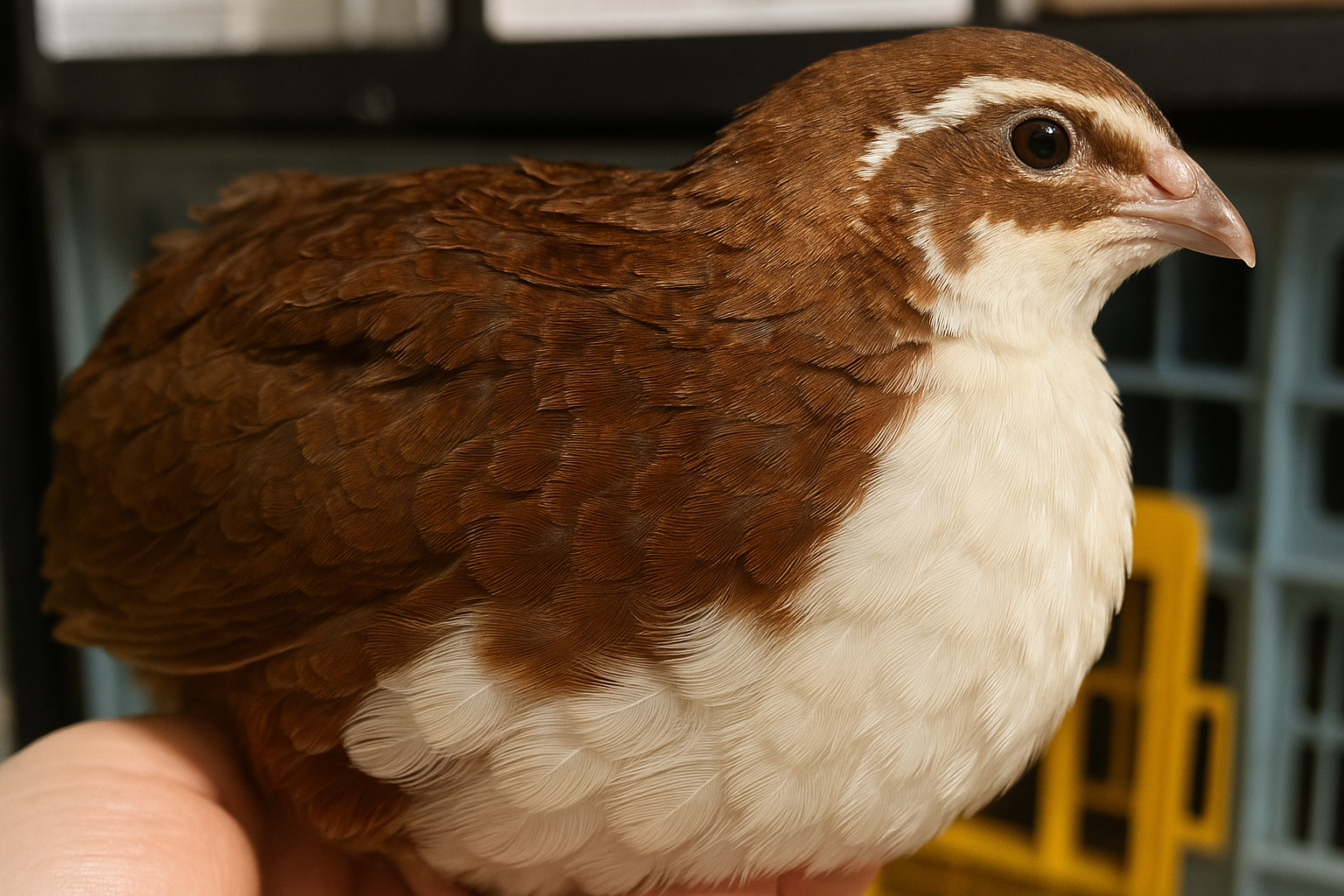
Habitat
Requirements
Provide a spacious enclosure or aviary that allows for natural behaviors and ample room for movement. A minimum of 1 square meter per pair is recommended to ensure they have enough space to roam and explore.
Use a substrate like sand, wood shavings, or grass that allows for natural scratching and dust bathing behaviors.
Ensure the enclosure is secure to prevent escape and protect from predators, as quail can be skittish and may attempt to fly away if frightened.
Diet
Primary Diet
Offer a balanced diet of commercial game bird feed formulated for quails, supplemented with fresh greens, vegetables, and occasional treats like mealworms or small insects.
Water
Fresh, clean water should always be available in shallow dishes to prevent spills and keep the quail hydrated.
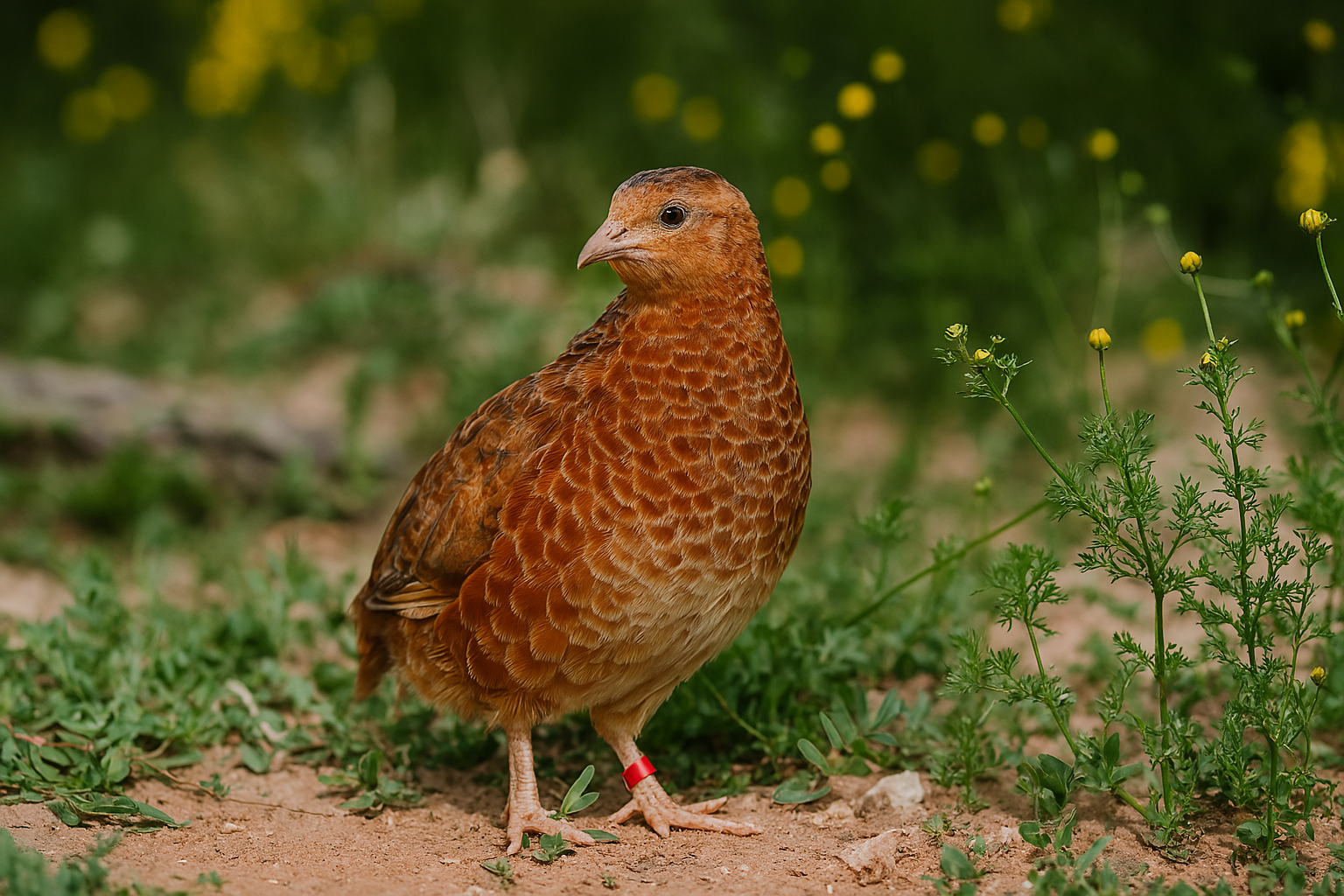
Social Behavior
They are active foragers and enjoy scratching and pecking at the ground, so providing a suitable substrate and space for these behaviors is important. Jumbo Celadon Quail are social birds and should ideally be kept in pairs or small groups to prevent loneliness and encourage natural behaviors. 1 male must have ca. 4 females.
Handling
Jumbo Celadon Quail are generally calm and social birds, making them enjoyable to observe and interact with. They are less flighty compared to some other quail species, which makes them easier to handle.
Health
Clean Environment
Maintain a clean and sanitary environment by regularly cleaning the enclosure to prevent the buildup of waste and bacteria.
Health Checks
Monitor their health regularly, checking for signs of illness or injury. Provide appropriate veterinary care if needed.
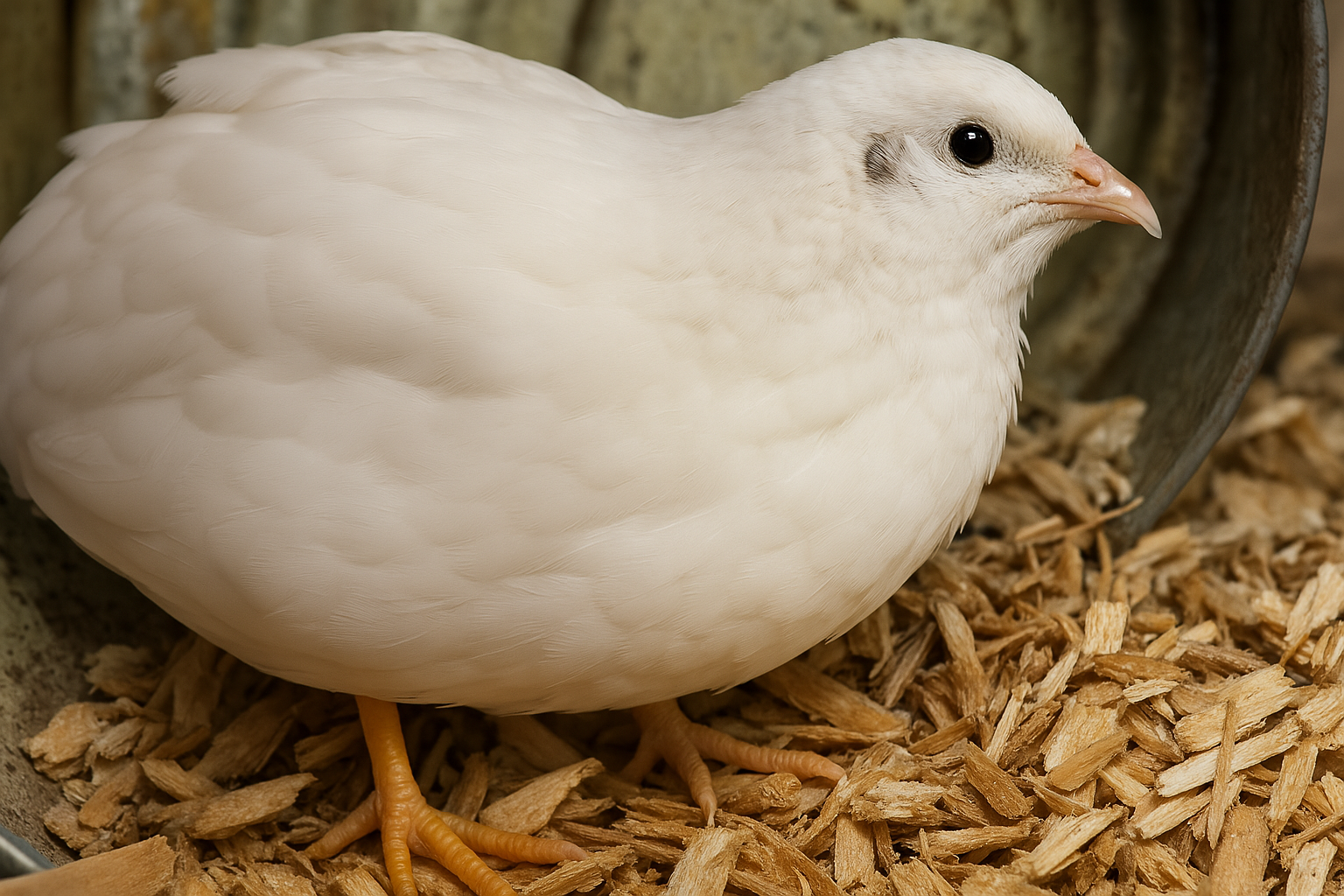
History
Origins
The ancestors of the Jumbo Celadon Quail are the Common Quail, a species with a long history of domestication, particularly in Asia and Europe. These quails were originally bred for their meat and eggs.
Over time, breeders began selectively breeding quails for specific traits such as size, egg color, and temperament. This practice has been common in aviculture and agriculture to enhance desirable characteristics.
Introduction to Aviculture
The unique characteristics of Jumbo Celadon Quail, such as their size and egg color, have made them popular among quail enthusiasts and hobbyists. Their relatively calm demeanor and attractive appearance add to their appeal as pets and for small-scale egg production.
They are also popular in aviculture for their distinctive eggs and gentle nature, making them suitable as pets and for educational purposes.
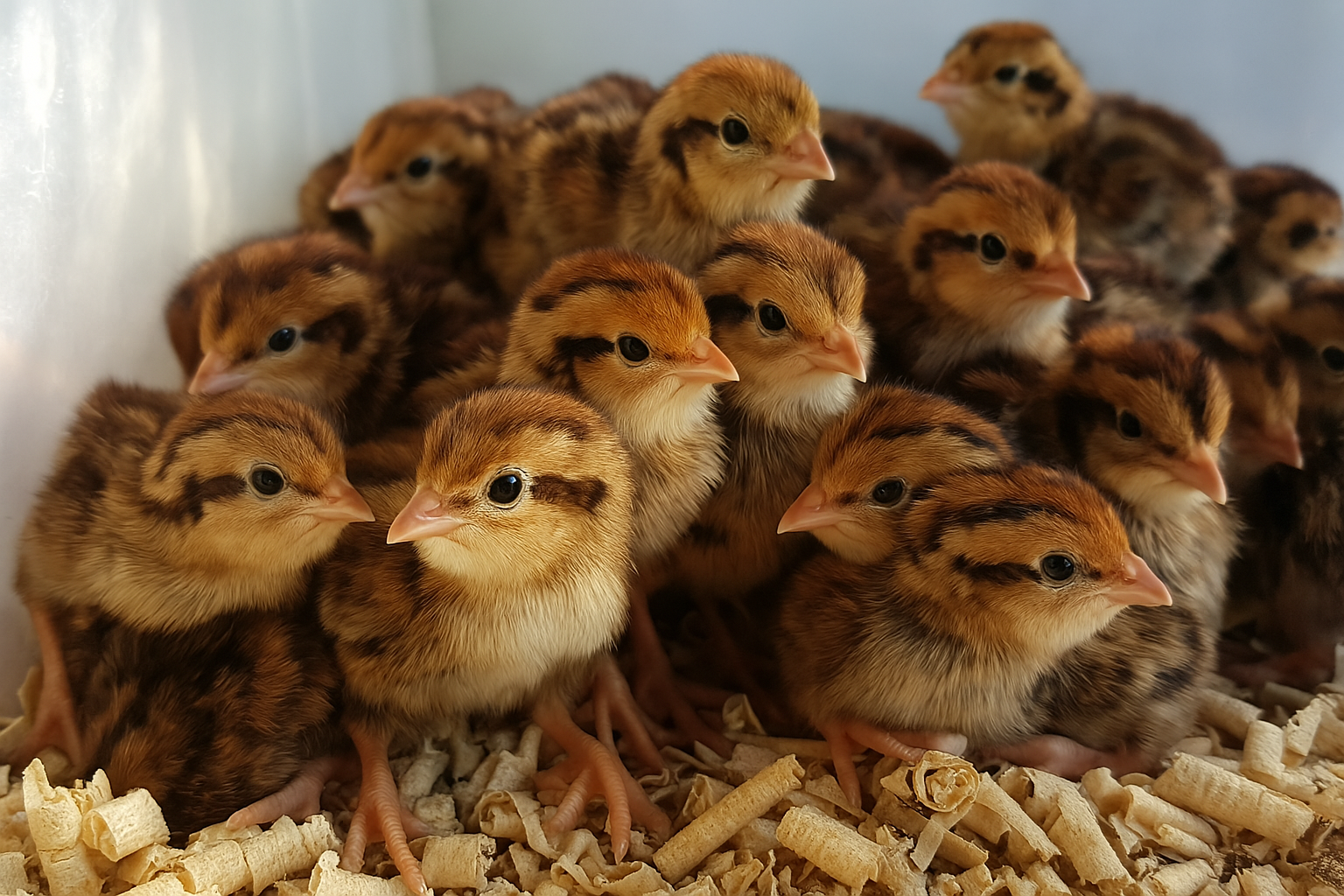
Breeding
Breeding Season
Jumbo Celadon Quail can breed year-round if conditions are ideal, with a peak in spring and summer. Lighting to stimulate breeding, provide 14-16 hours of light per day.
Nesting
Females will look for secluded, sheltered spots to lay their eggs. Provide straw, hay, or soft grasses for nesting.
Quail Chick Care
Incubation
Use an incubator set to 37.5°C (99.5°F) with 45-50% humidity. Turn the eggs at least 1-3 times a day. Eggs typically take 17-18 days to hatch. Increase humidity to 65-70% as hatching approaches.
0-6 Weeks
Quail chicks are precocial and can move around shortly after hatching. They need a brooder with heat, food, and water. Use a shallow dish or poultry waterer to prevent drowning. Then wait until they are old enough to join the adults.
Environment: Keep the brooder clean and dry with appropriate bedding
Joining the adults
Ensure Full Feathering
Make sure the chicks are fully feathered and can maintain their body temperature without the need for a brooder.
Size and Strength
Chicks should be nearly the same size as the adults to avoid being bullied. This usually happens around 6-8 weeks.
Observe Behavior
Watch for signs of aggression or bullying from the adults. If the chicks are significantly smaller or weaker, they may need more time before integration.
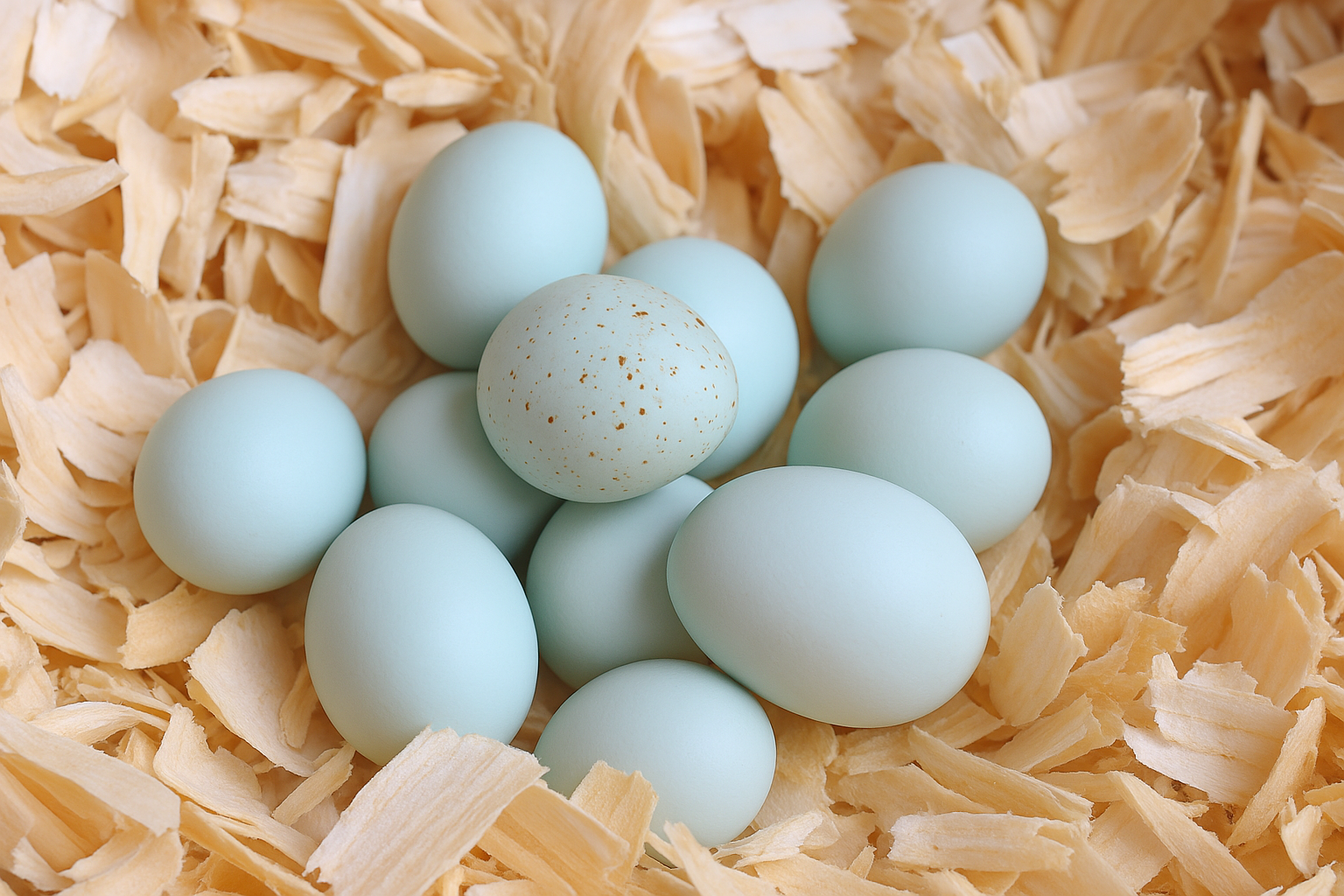
Fun Fact
Jumbo Celadon Quail are known for laying beautiful blue-green eggs, a trait that is genetically unique to this breed. These eggs are not only visually striking but also a favorite among breeders and hobbyists for their distinctive color, adding a special touch to any quail collection.
In this article

Eggs
Jumbo Celadon quail eggs are known for their distinctive blue shells, which range from a soft sky blue to a pale turquoise.
In terms of size, these eggs are slightly larger than standard coturnix quail eggs, typically weighing between 12-14 grams. Their smooth shells are sturdy yet delicate to the touch, making them visually appealing and ideal for both culinary and decorative purposes.
Legal Considerations
Check local laws and regulations regarding the keeping of quail. Some areas may have specific zoning laws, permit requirements, or restrictions on keeping poultry.
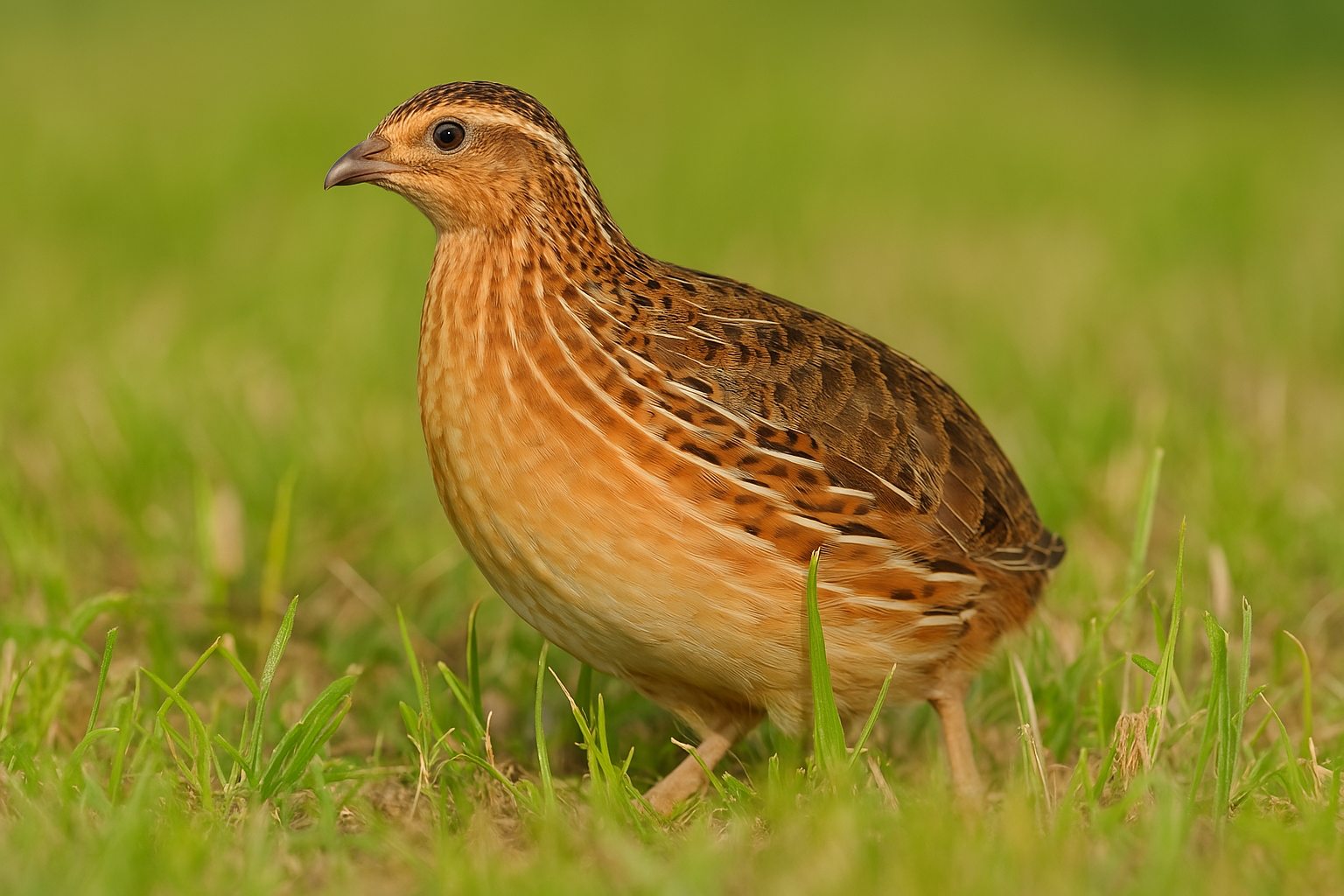
Common Quail
Keeping the Common Quail (Coturnix coturnix) as a pet can be challenging due to its migratory nature, natural behaviors, and specific care requirements. While they are primarily kept for agricultural purposes in some regions, providing suitable conditions for them as pets requires careful consideration.
Read more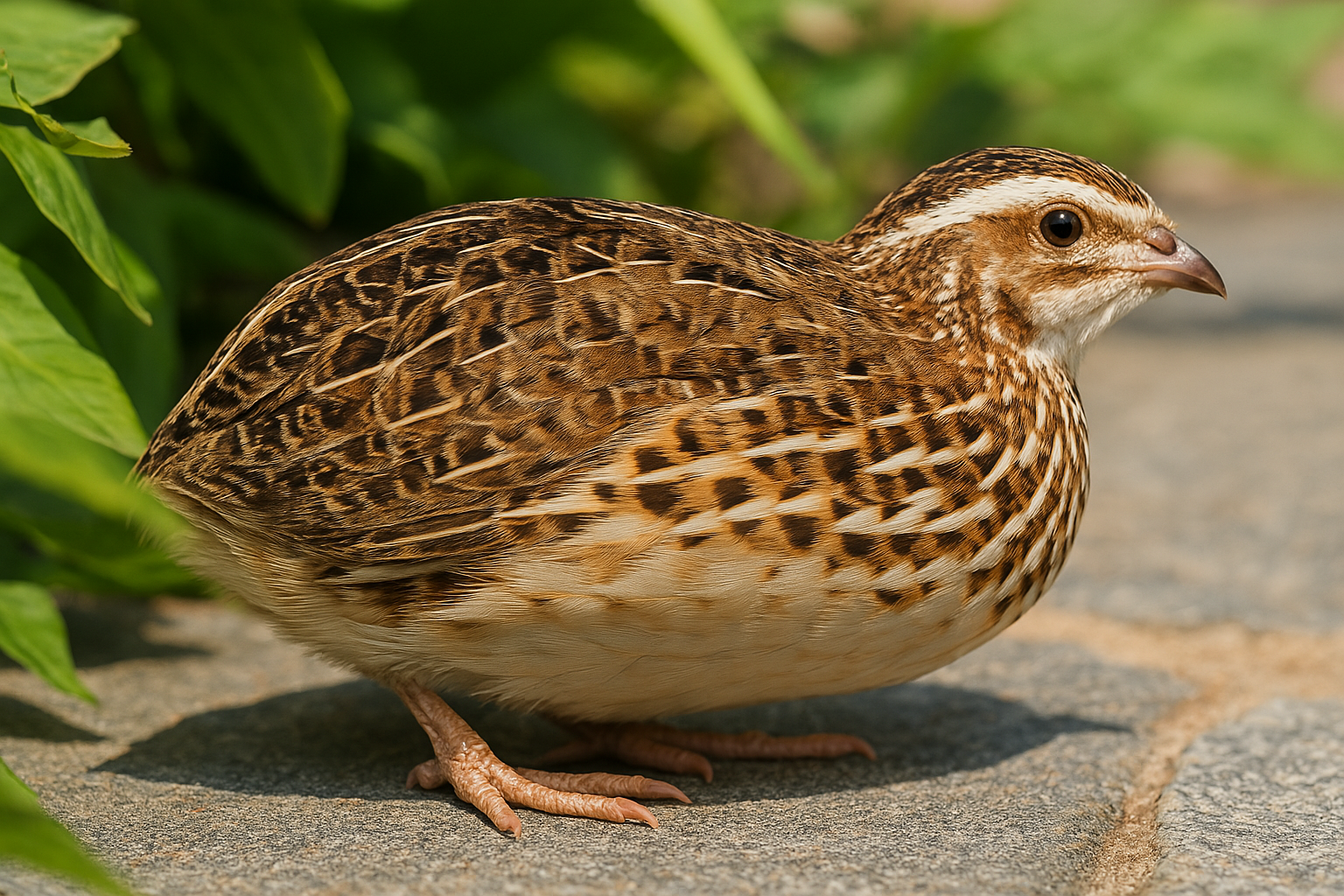
Japanese Quail
Japanese Quail (Coturnix japonica), also known as Coturnix Quail, are popular birds for those interested in aviculture or backyard poultry keeping. They are known for their prolific egg-laying capabilities, small size, and relatively low maintenance requirements compared to larger poultry species.
Read more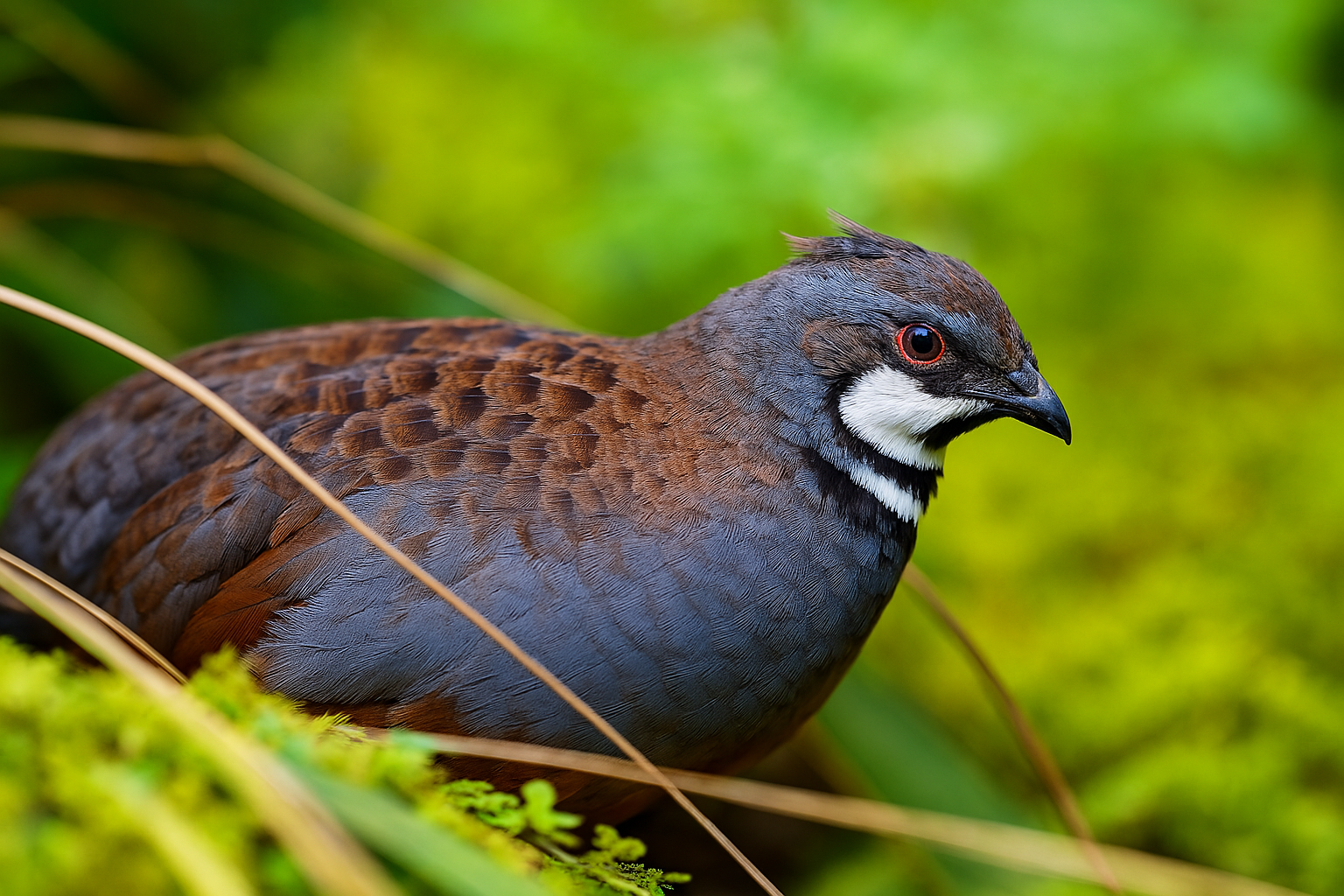
Chinese Painted Quail
Chinese Painted Quail, also known as Button Quail (Coturnix chinensis), are small, charming birds that make fascinating pets. Known for their diminutive size and colorful plumage, they are popular among bird enthusiasts and are often kept in aviaries and bird cages. Their lively behavior and relatively easy care requirements make them a delightful addition to any bird lover's collection.
Read more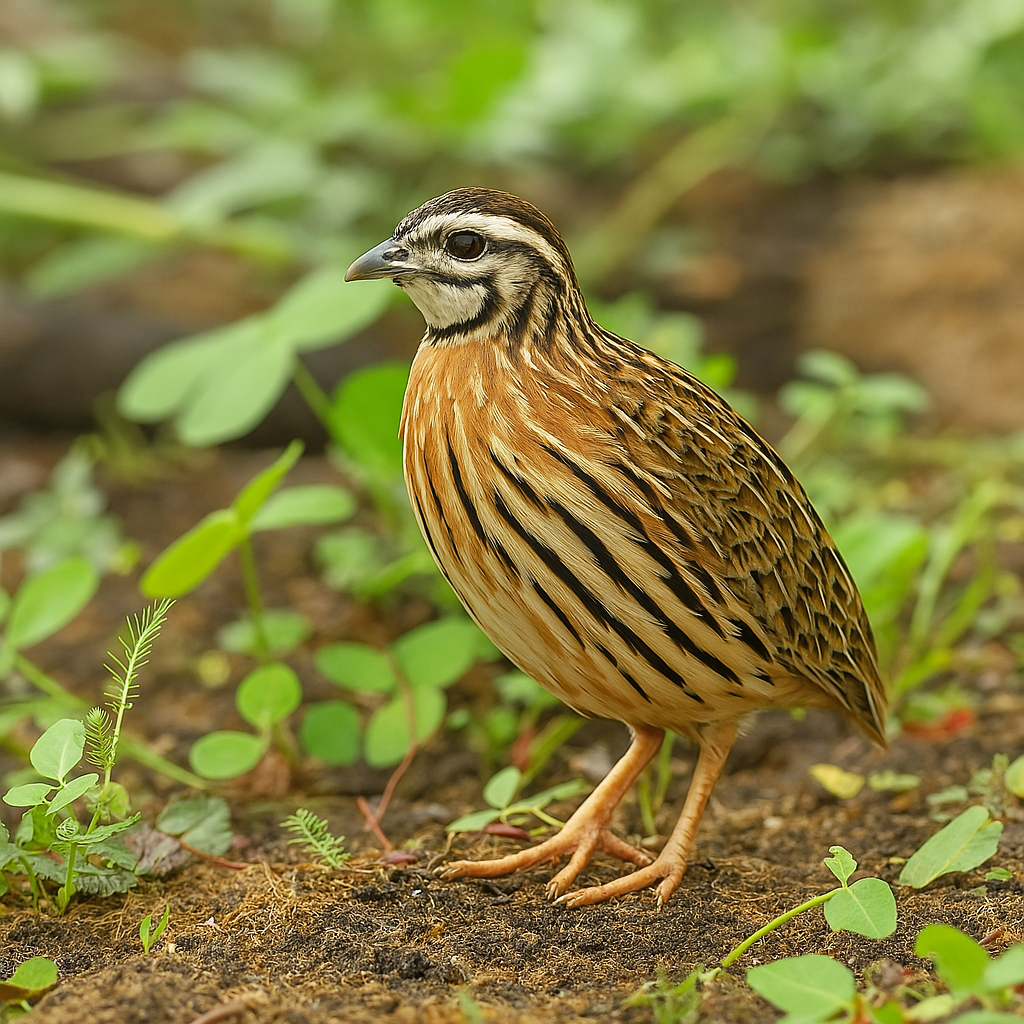
Rain Quail
Keeping Rain Quail (Coturnix coromandelica) as pets can be a rewarding experience for bird enthusiasts, although they require specific care to thrive in captivity. Here’s what you need to know about keeping Rain Quail as pets:
Read more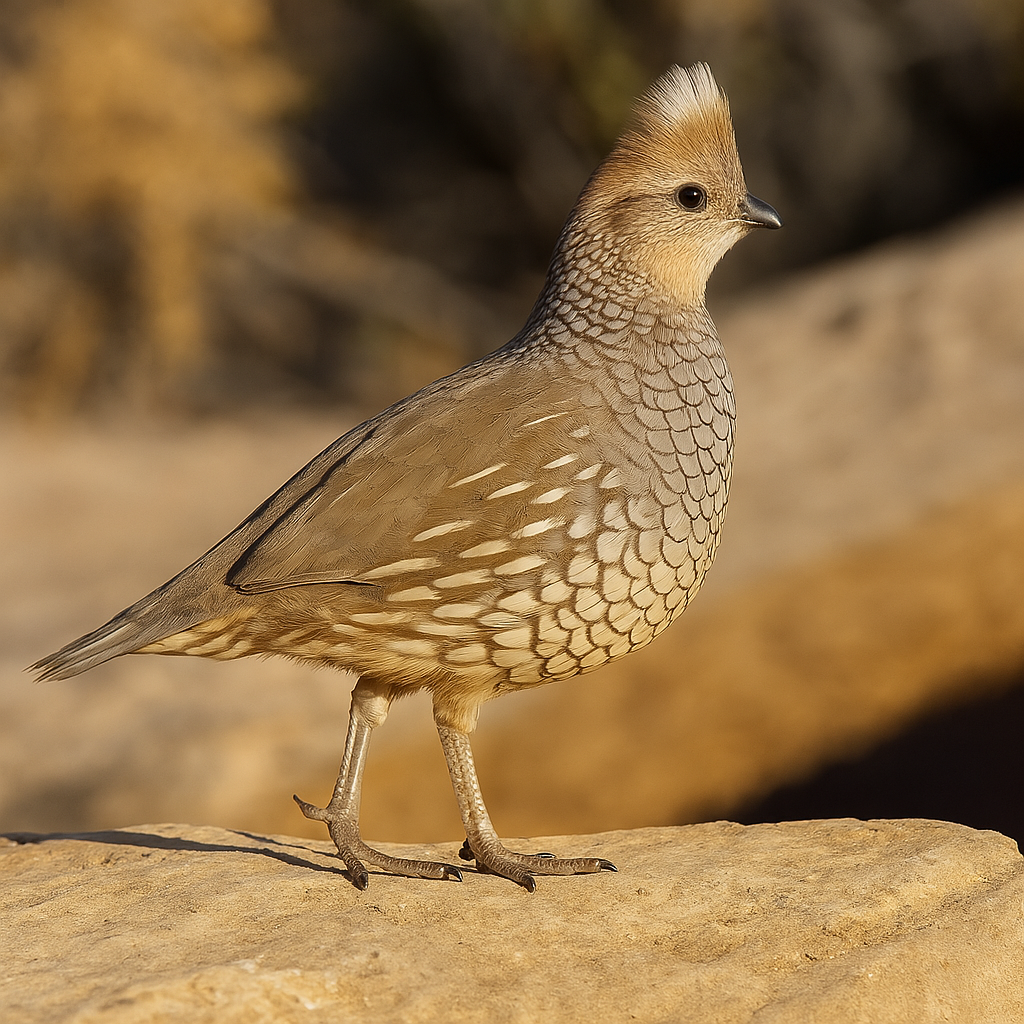
Scaled Quail
The Scaled Quail (Callipepla squamata), also known as the Blue Quail or Cottontop, is a popular species among aviculturists due to its distinctive appearance and hardy nature. Native to the southwestern United States and northern Mexico, these quails are known for their scaled feather pattern, which gives them their name.
Read more